A review of Stellar Kayaks’ S16 from Adventure Kayak magazine.
Launched in 2008, Stellar Kayaks is a true child of globalization, harnessing North American and European engineering, Asian manufacturing and the efficiencies of world- wide distribution. The S16 Advantage blends the best of these worlds, offering outstanding value and exceptionally light weight in a capable, all-around day tripper and tourer.
The S16’s hull shape is classic, reminiscent of early West Coast designs—soft chines and a shallow-arch bottom. The streamlined shape stems from the designers’ background in the rowing industry crafting shells for WinTech Racing. Stellar applied sophisticated computer design to the problem of efficiency, stating, “When it comes to speed we strive to get as close to a cylindrical hull cross-section as we can, while still being able to keep the boat upright.” A rounded cross-section produces less wetted surface area with less drag than a comparable hard-chined kayak. Evolution endowed the same common sense hydrodynamics to whales and sea lions.
The end result is a kind of computer-engineered perfection, the optimization of a touring kayak’s various competing requirements—speed, efficiency, stability, carrying capacity, durability, weight and price—in a utilitarian package. The S16’s looks lack some of the personality of more whimsically fashioned kayaks, but it’s hard to argue with a formula that works.
The S16’s initial stability hits the sweet spot, lively in rough water and easy to edge without feeling twitchy. High volume above the waterline provides a reassuring zone of secondary stability and contributes to excellent storage capacity and dry decks. Turning is a breeze—four sweeps to turn 90 degrees on an even keel; just a couple when edging. Tracking is moderate and the rudder helps with any issues there.
Great value all-round touring kayak
Some features of the S16 feel bare bones—simple bolted-on grab handles, absent day hatch, thinly padded thigh braces under the spare coaming of the oval cockpit (I’d prefer a keyhole shape with more surface to grip the thighs). But the deck is clean and neatly finished with recessed fittings and drain channels around the hatches. The most distinctive element is also characteristically functional: cutaways near the knees for paddle clearance during high-angle strokes.
Where the S16 shines brightest is its highly engineered composite construction. Stellar offers four layups priced $1,845 to $4,310 US. Our Advantage, though only the second-tier, is an impressively stiff and svelte 37 pounds and priced well below many comparable, much heavier, competitors. Between layers of fiberglass, Stellar sandwiches a core material called Soric, a polyester membrane also used in fighter jets and wind turbines that adds thickness and strength without the weight of additional glass layers.
Priced to rival plastic, the Advantage offers a stunning value for such a lightweight layup. This feature alone should put it high on the list for anyone looking at a 16-foot, all-around touring kayak in the $2,000 range.
Spacious and Space-Age
Stellar hatch covers are domed to shed water and snap on and off with ease.
Easy Drop Rudder
We love how easy it is to deploy and retract the drop-down Kajak Sport KS- Navigator rudder.
Fancy Footwork
Two-piece pedals with rudder control on the upper half allow steering finesse, power and a stable foot platform—a plus in rough conditions and for rolling.
Stellar Kayaks S16 Specs
This article originally appeared in Adventure Kayak, Early Summer 2011. Download our free iPad/iPhone/iPod Touch App or Android App or read it here.



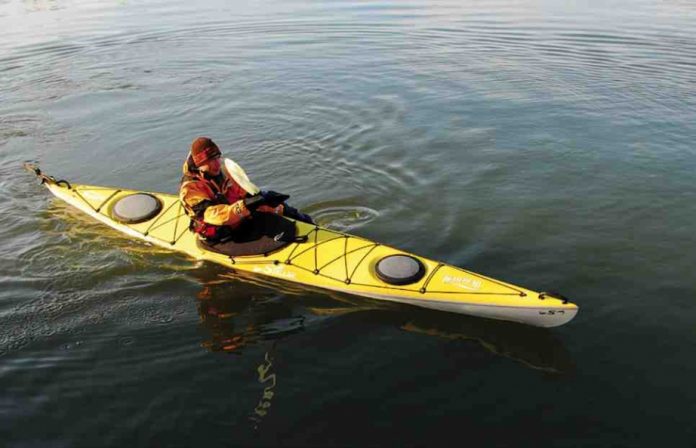
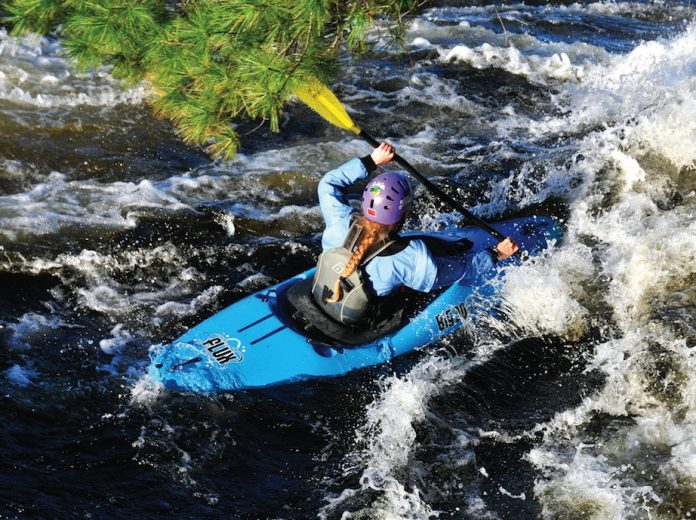
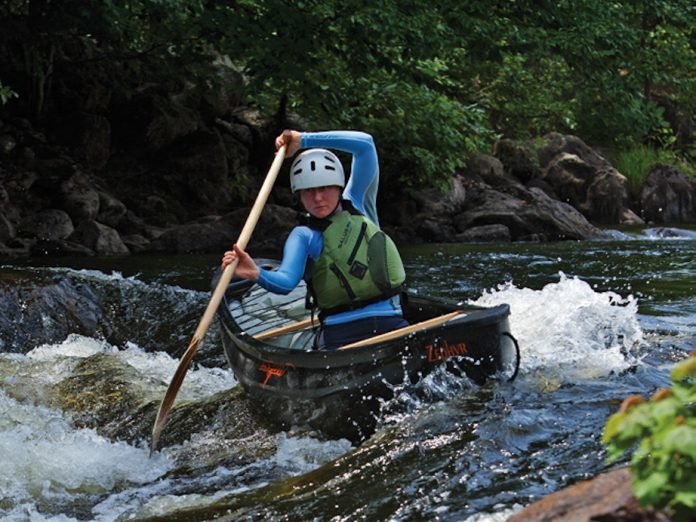
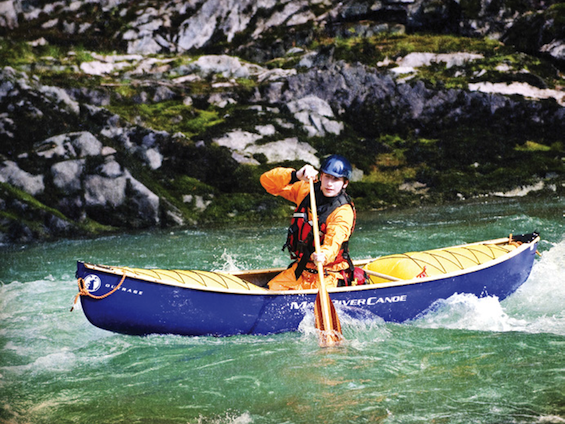
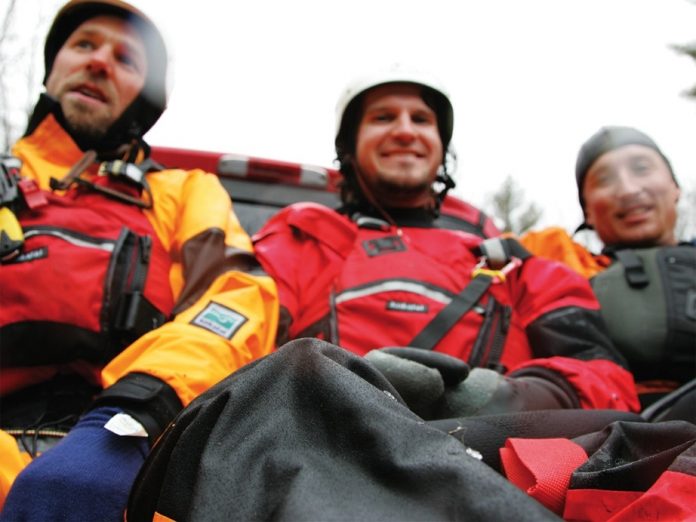
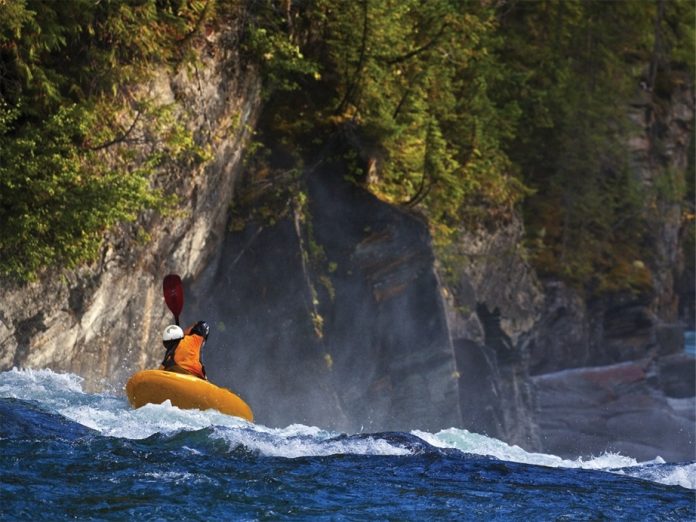
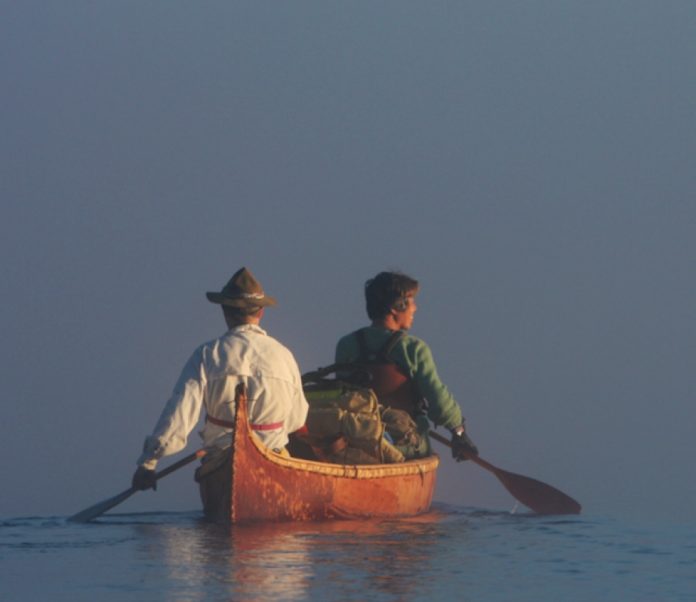
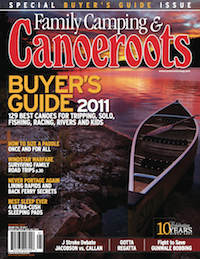

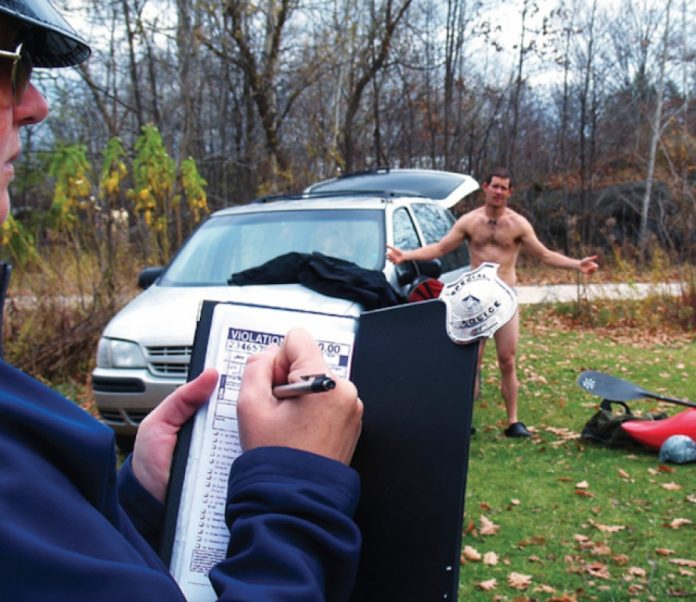
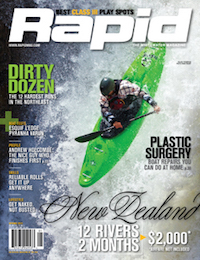 This article first appeared in the Spring 2011 issue of Rapid Magazine. For more great content, subscribe to Rapid’s print and digital editions
This article first appeared in the Spring 2011 issue of Rapid Magazine. For more great content, subscribe to Rapid’s print and digital editions 